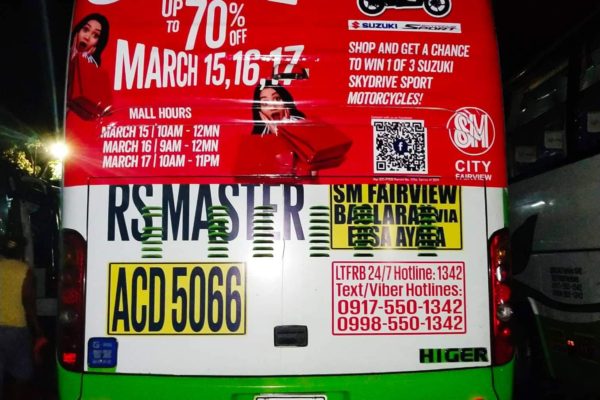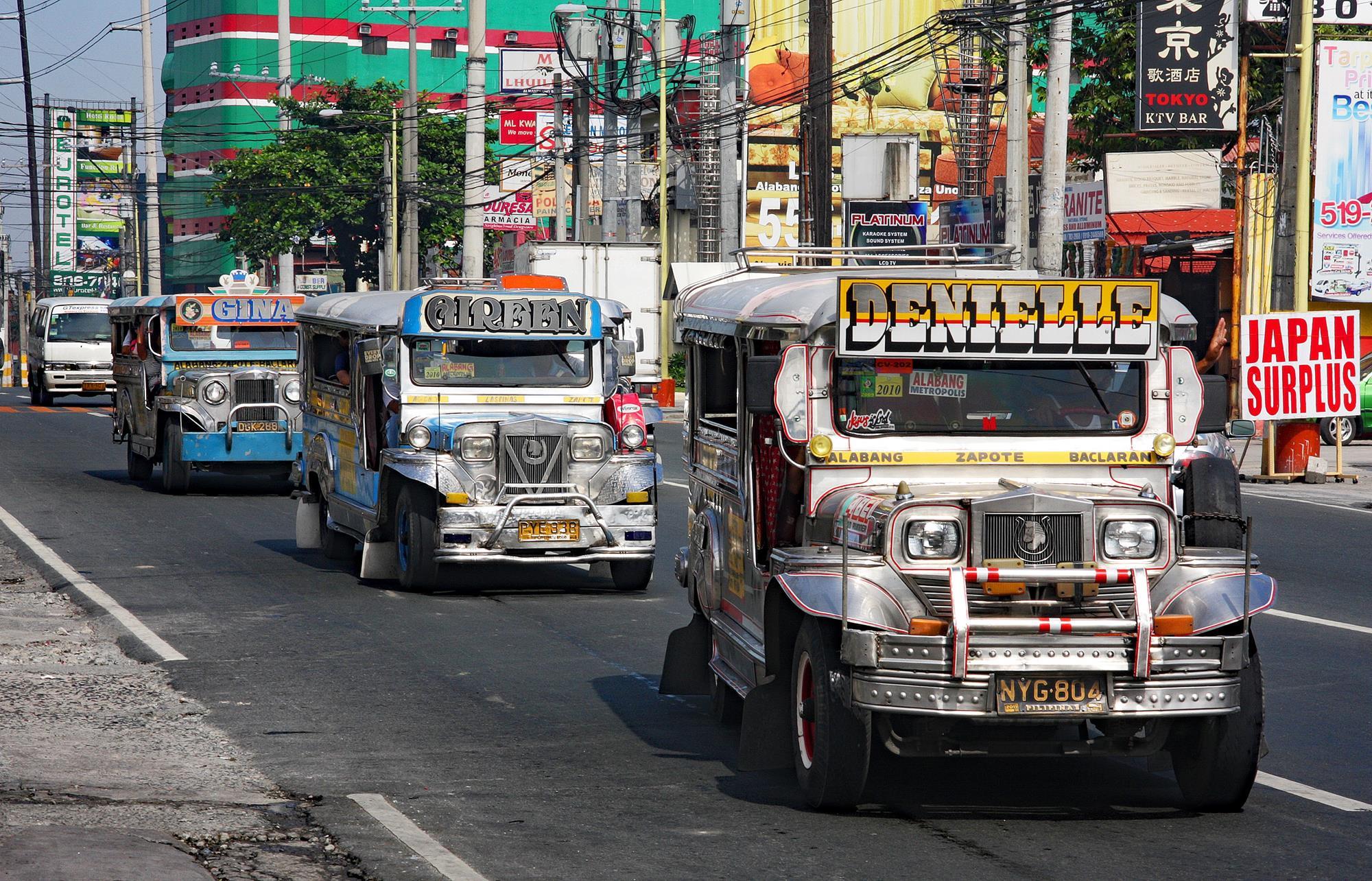Increase Brand Get To with Transit Advertising Philippines
Discovering the Impact and Performance of Transit Advertising in Urban Advertising Methods
Transit advertising has come to be a substantial element of city marketing strategies, exploiting on the unique characteristics of public transport settings. With the quick advancement of technology and moving consumer behaviors, the landscape of transit advertising and marketing is going through noteworthy modifications that warrant closer evaluation.
The Increase of Transportation Marketing
As city populaces remain to swell, the need for cutting-edge advertising solutions has actually led to the rise of transportation marketing as a crucial part of city advertising and marketing approaches. This type of marketing leverages public transport systems-- such as buses, trains, and subways-- to reach a varied audience in densely booming locations. The efficiency of transportation advertising hinges on its ability to involve customers throughout their daily commutes, a frequently forgotten yet important time for brand name messaging.
With cities ending up being progressively busy, conventional advertising areas are becoming scarce and less effective. Transportation advertising offers a vibrant option, enabling brand names to showcase their messages in high-traffic locations where prospective customers are constantly revealed to the ads. In addition, as city locals significantly rely upon public transport, the importance and visibility of transit advertising and marketing have actually grown dramatically.
Furthermore, technological innovations have actually improved the refinement of transportation marketing, permitting for digital screens and interactive projects that can capture consumer focus better than fixed ads. Therefore, transit advertising and marketing is not only a cost-efficient alternative however also a necessary technique for brand names seeking to get in touch with urban consumers in a unforgettable and impactful fashion.
Secret Advantages of Transportation Marketing
The performance of transit advertising and marketing is underscored by its diverse benefits, making it a vital tool for city marketing experts. One of the main advantages is its substantial reach; transit systems offer millions of passengers daily, allowing brands to link with a diverse audience in high-traffic settings. This exposure enhances brand understanding, making certain that promotions are seen repetitively by travelers.

In addition, transportation advertising is affordable compared to various other media, providing a lower cost per impact while preserving high presence. The versatility of advertisement styles, from bus covers to digital displays, permits for innovative and impactful campaigns that can adjust to changing market needs.
Consumer Actions Insights
A significant section of customer actions is influenced by the prevalent nature of transit advertising in metropolitan environments. This type of marketing records the focus of varied demographics, involving customers during their daily commutes.
Research study suggests that transit advertising can evoke emotional reactions, bring about raised brand affinity. Customers usually associate the experience of commuting with specific brands, creating a long lasting perception that influences purchasing choices. Moreover, the regularity of direct exposure to transportation advertisements fosters knowledge, which is a vital consider consumer count on and commitment.

Additionally, the communal facet of mass transit adds to this phenomenon; as individuals share rooms, they are most likely to discuss and suggest brands they run into. Therefore, transportation advertising not just reaches consumers however additionally boosts social communications that reinforce brand name messaging. Comprehending these go to website behavior understandings permits marketing professionals to tailor their methods successfully, guaranteeing that their campaigns resonate with target audiences in the metropolitan landscape.
Instance Research Studies and Success Stories
Effective implementation of transportation advertising methods is exhibited through numerous study that highlight its effectiveness in city advertising. One remarkable example is the collaboration in between a popular drink firm and a major city's public transportation system. The project utilized bus covers and indoor posters, causing a 30% rise in brand recognition and a 15% surge in sales within the target market over three months.
An additional effective case entailed a regional dining establishment chain that used train station advertising to bring in commuters. By creating visually striking ads that offered timed promotions, the restaurant experienced an uptick in foot website traffic, with a remarkable 25% increase in lunch hour patrons.
Moreover, a city's tourist board introduced a transit campaign showcasing local tourist attractions with bus quit screens and metro advertisements. The initiative brought about a substantial increase in vacationer visits, as reported by a 40% increase in questions at site visitor facilities.
These study highlight the adaptability and capacity of transit advertising and marketing to engage metropolitan audiences successfully, showing that critical positionings can generate considerable rois and enhance brand exposure in bustling urban settings. - Transit Advertising Philippines
Future Trends en route Marketing
As metropolitan landscapes continue to develop, so too does the realm of transportation advertising, which is positioned to welcome innovative innovations and approaches. One significant trend is the assimilation of electronic advertising and marketing screens right into public transit systems.
Another emerging trend is the usage of enhanced reality (AR) and virtual reality (VIRTUAL REALITY) experiences within transportation advertising and marketing. These immersive innovations can astound travelers, transforming ordinary journeys right into interactive brand name experiences. In addition, sustainability is becoming progressively essential; environment-friendly marketing products and techniques are most likely to obtain traction, showing the growing consumer demand for company social obligation.
Last but not least, the increase click here for more info of mobile connectivity will assist in better assimilation in between transit marketing and individual tools. Marketers can develop seamless cross-channel experiences, permitting for prompt communication and interaction with possible customers. Jointly, these fads indicate a transformative future for transit marketing, offering new methods for brands to connect with city audiences.
Conclusion
Transportation advertising and marketing has developed itself as a significant element of urban advertising strategies, demonstrating substantial effectiveness through improved brand name exposure and customer engagement. The capacity to YOURURL.com adjust messages to specific demographics, combined with the innovative use of modern technology, settings transportation advertising as a driving force in contemporary advertising (Transit Advertising Philippines). As metropolitan environments continue to evolve, the future of transportation marketing promises more developments, guaranteeing its significance and effect fit customer perceptions and habits in metropolitan landscapes
As city populations continue to swell, the demand for ingenious marketing options has led to the rise of transportation advertising as a critical element of city advertising and marketing strategies.A considerable part of consumer actions is influenced by the prevalent nature of transportation marketing in metropolitan environments. Jointly, these patterns suggest a transformative future for transit advertising, using new opportunities for brands to connect with metropolitan audiences.
Transit advertising and marketing has actually developed itself as a considerable element of city advertising and marketing techniques, showing significant efficiency through improved brand presence and consumer interaction. As urban environments continue to progress, the future of transportation advertising guarantees further advancements, guaranteeing its significance and influence in shaping consumer assumptions and behaviors in metropolitan landscapes.